Home>Home Appliances>Home Automation Appliances>How Often To Change A Car Thermostat
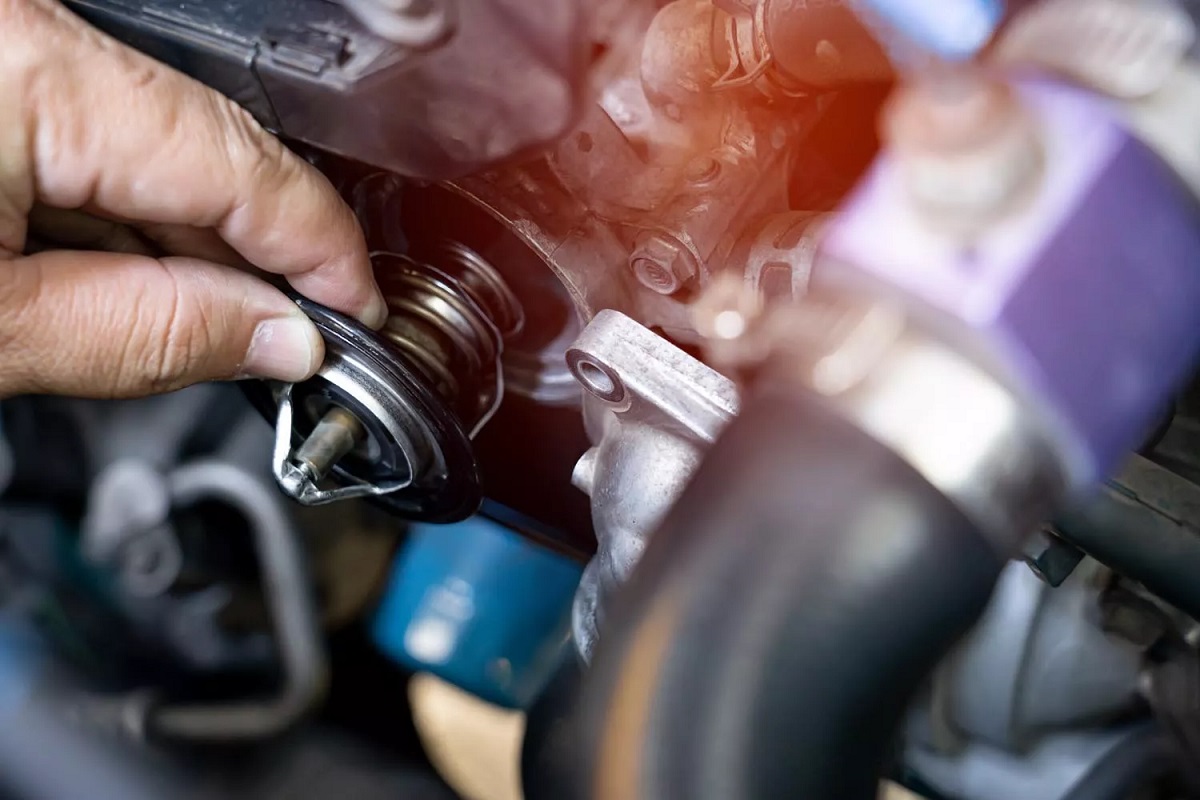

Home Automation Appliances
How Often To Change A Car Thermostat
Modified: January 4, 2024
Learn the ideal frequency for changing a car thermostat and ensure optimal performance for your home automation appliances. Expert advice on thermostat maintenance.
(Many of the links in this article redirect to a specific reviewed product. Your purchase of these products through affiliate links helps to generate commission for Storables.com, at no extra cost. Learn more)
Introduction
Welcome to the world of car maintenance, where understanding your vehicle's needs can save you time, money, and headaches down the road. One essential component of your car's cooling system is the thermostat, a small but mighty part that plays a crucial role in regulating the engine's temperature. In this comprehensive guide, we'll delve into the world of car thermostats, exploring their function, signs that they may need replacement, and the all-important question: How often should you change your car thermostat?
Understanding the inner workings of your vehicle can empower you to make informed decisions about its care and maintenance. By gaining insight into the lifespan of your car's thermostat, you can proactively address potential issues before they escalate, ensuring that your engine remains in optimal condition.
So, let's embark on this journey through the realm of car thermostats, equipping you with the knowledge needed to keep your vehicle running smoothly and efficiently. Whether you're a seasoned car enthusiast or a novice driver, this guide will provide valuable insights into the maintenance of this vital automotive component.
Key Takeaways:
- Regularly inspect your car thermostat every 30,000 to 50,000 miles to catch potential issues early and prevent engine damage. Stay proactive to ensure optimal cooling system performance.
- Look out for signs of thermostat malfunction, such as engine overheating and poor fuel economy, to determine when it’s time for a replacement. Proactive maintenance is key to preserving your car’s health.
Read more: How Often To Change Loofah
What Does a Car Thermostat Do?
A car thermostat is a small but essential component of your vehicle's cooling system. Its primary function is to regulate the engine's operating temperature by controlling the flow of coolant through the engine and radiator. This process is crucial for maintaining the engine within the optimal temperature range, ensuring efficient combustion and overall performance.
When your car is started from a cold state, the thermostat remains closed, preventing the coolant from circulating through the engine. This allows the engine to warm up quickly, promoting efficient fuel combustion and reducing emissions. Once the engine reaches the designated operating temperature, typically around 195 to 220 degrees Fahrenheit (90 to 105 degrees Celsius), the thermostat opens, allowing the coolant to flow through the engine and radiator to maintain the temperature within the desired range.
In essence, the thermostat acts as a gatekeeper, ensuring that the engine reaches its optimal temperature for efficient operation and then regulating that temperature to prevent overheating. By maintaining the engine within the ideal temperature range, the thermostat contributes to fuel efficiency, reduced emissions, and overall engine longevity.
It’s important to note that a malfunctioning thermostat can disrupt this delicate balance, leading to overheating, poor fuel economy, and potential engine damage. Understanding the role of the thermostat in your car's cooling system is essential for recognizing the signs of a failing thermostat and knowing when it may need to be replaced.
Signs That Your Car Thermostat Needs to Be Changed
Recognizing the signs of a failing car thermostat is crucial for maintaining the health of your vehicle. Over time, the thermostat may deteriorate or become stuck in either the open or closed position, leading to a range of symptoms that indicate the need for replacement. Here are some common signs that your car thermostat may need to be changed:
- Engine Overheating: One of the most obvious signs of a faulty thermostat is engine overheating. If the thermostat fails to open, coolant circulation is restricted, leading to an increase in engine temperature. This can trigger the temperature warning light on your dashboard and may result in steam emanating from the engine compartment.
- Low Coolant Levels: A malfunctioning thermostat can disrupt the proper flow of coolant, leading to decreased coolant levels in the reservoir. If you notice a consistent drop in coolant levels without any visible leaks, it may indicate a thermostat issue.
- Poor Fuel Economy: A thermostat that is stuck open can prevent the engine from reaching its optimal operating temperature, leading to reduced fuel efficiency. If you find yourself making more frequent trips to the gas station without a clear explanation, a faulty thermostat could be the culprit.
- Temperature Fluctuations: An erratic temperature gauge on the dashboard, indicating sudden fluctuations in engine temperature, can be a sign of thermostat malfunction. If the gauge shows rapid changes in temperature, it’s essential to have the thermostat inspected.
- Heater Malfunction: A failing thermostat can also impact the performance of your car’s interior heating system. If you notice a lack of heat or inconsistent heating in the cabin, the thermostat may be to blame.
These symptoms serve as red flags that warrant attention to the car’s cooling system. If you observe any of these signs, it’s advisable to have your thermostat inspected by a qualified mechanic to determine whether replacement is necessary.
It is recommended to change a car thermostat every 50,000 to 100,000 miles or if it is malfunctioning. Regular maintenance and monitoring of the thermostat can help prevent overheating and other engine issues.
How Often Should You Change Your Car Thermostat?
The frequency of thermostat replacement largely depends on several factors, including the make and model of your vehicle, the type of driving conditions it encounters, and the overall maintenance of the cooling system. While there is no universal timeframe for replacing a car thermostat, there are guidelines that can help you determine when it may be necessary to consider a replacement.
As a general rule of thumb, it’s recommended to inspect the thermostat as part of your vehicle’s regular maintenance schedule, typically every 30,000 to 50,000 miles (48,000 to 80,000 kilometers). During this inspection, the thermostat’s functionality and condition can be assessed to determine whether it is operating within the manufacturer’s specified parameters. This preventive approach allows for early detection of potential issues and can help avoid more extensive damage to the cooling system.
However, it’s important to note that certain driving conditions and environmental factors can impact the lifespan of a car thermostat. Vehicles that frequently operate in stop-and-go traffic or endure extreme temperature fluctuations may experience accelerated wear on the thermostat. Additionally, exposure to corrosive elements in the coolant or the presence of debris in the cooling system can contribute to premature thermostat failure.
While regular inspections are essential, the decision to replace a thermostat should ultimately be based on its condition and performance. If any of the aforementioned signs of thermostat failure are observed, it’s crucial to address the issue promptly to prevent potential damage to the engine and cooling system.
Ultimately, proactive maintenance and attentive observation of your vehicle’s behavior are key to determining the appropriate timing for thermostat replacement. By staying attuned to the signs of thermostat malfunction and adhering to a consistent maintenance schedule, you can ensure that your car’s cooling system remains in optimal condition, promoting reliable performance and longevity.
Conclusion
Understanding the role of the car thermostat and recognizing the signs of potential issues are essential aspects of responsible vehicle ownership. By maintaining a well-functioning thermostat, you can safeguard your engine’s performance and prevent costly repairs resulting from overheating or inefficient operation.
Regular maintenance and periodic inspections are fundamental to ensuring the longevity of your car’s thermostat. By adhering to the manufacturer’s recommended service intervals and staying vigilant for any symptoms of thermostat malfunction, you can address issues proactively and prevent them from escalating into more significant problems.
While there is no definitive timeframe for thermostat replacement, a proactive approach to maintenance, combined with attentive observation of your vehicle’s behavior, can help you determine the optimal timing for a thermostat change. Whether it’s adhering to mileage-based inspection intervals or responding to warning signs of thermostat failure, staying proactive is key to preserving the health of your car’s cooling system.
By familiarizing yourself with the function of the thermostat, recognizing potential signs of malfunction, and prioritizing regular maintenance, you can ensure that your car’s engine remains within its optimal temperature range, promoting efficiency, longevity, and reliable performance.
So, as you embark on your automotive maintenance journey, remember that the thermostat plays a vital role in your car’s cooling system, and staying attuned to its condition is a proactive step toward preserving the health and performance of your vehicle.
Frequently Asked Questions about How Often To Change A Car Thermostat
Was this page helpful?
At Storables.com, we guarantee accurate and reliable information. Our content, validated by Expert Board Contributors, is crafted following stringent Editorial Policies. We're committed to providing you with well-researched, expert-backed insights for all your informational needs.

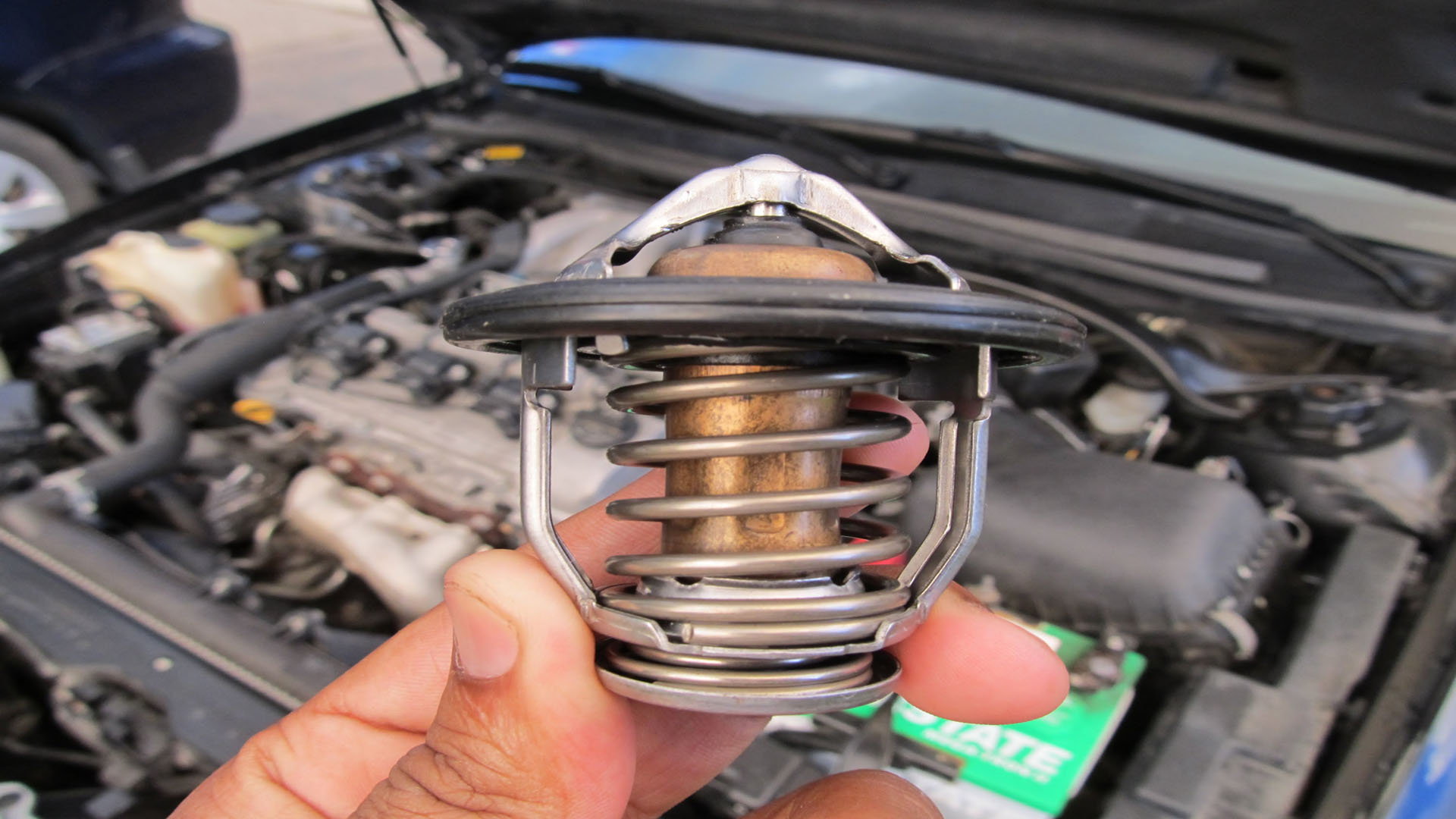
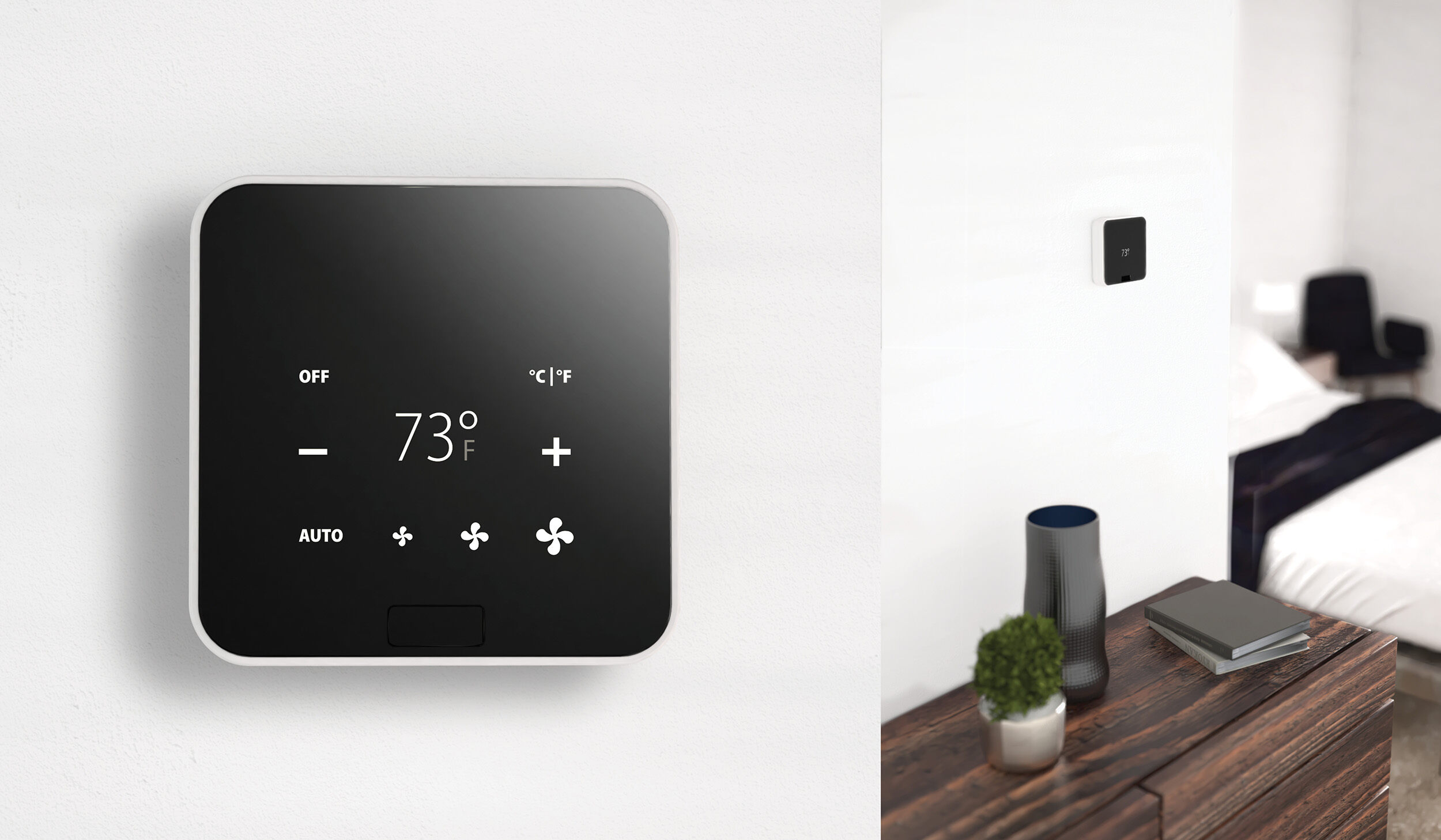
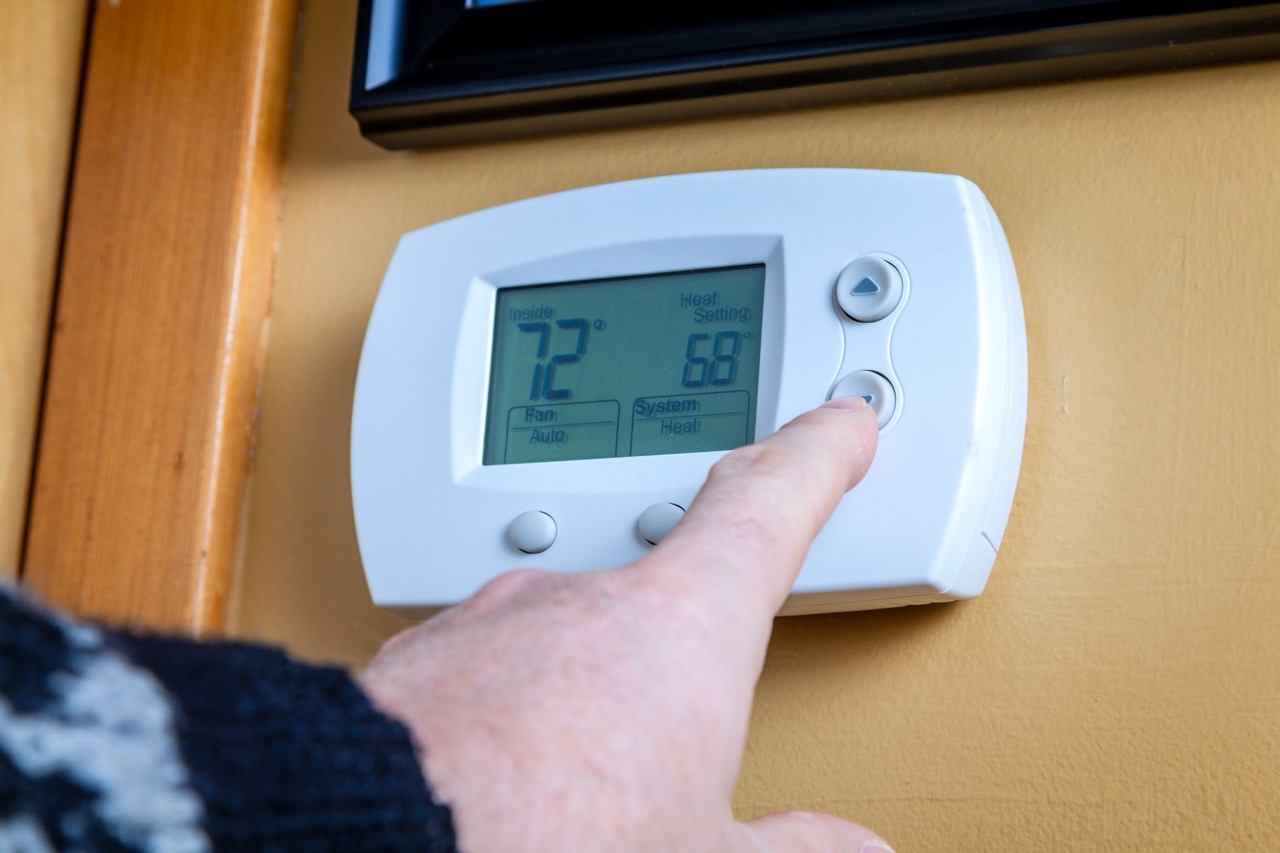



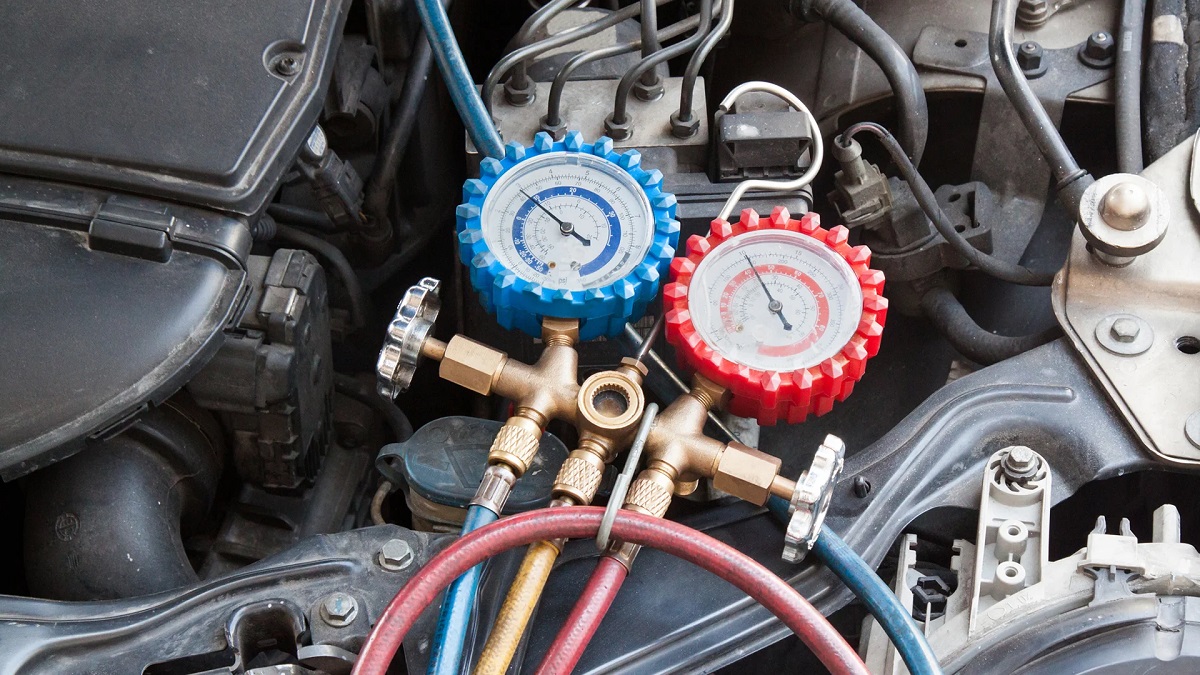

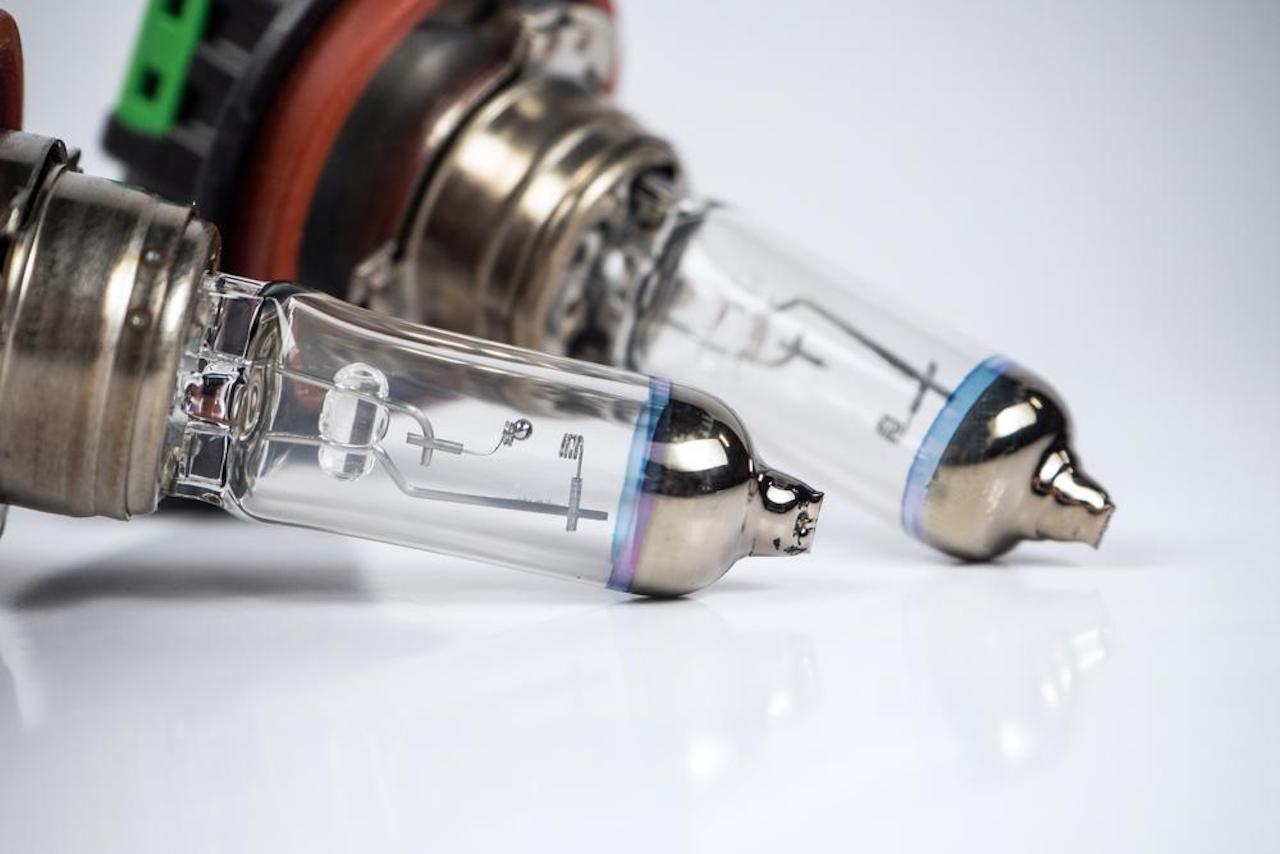
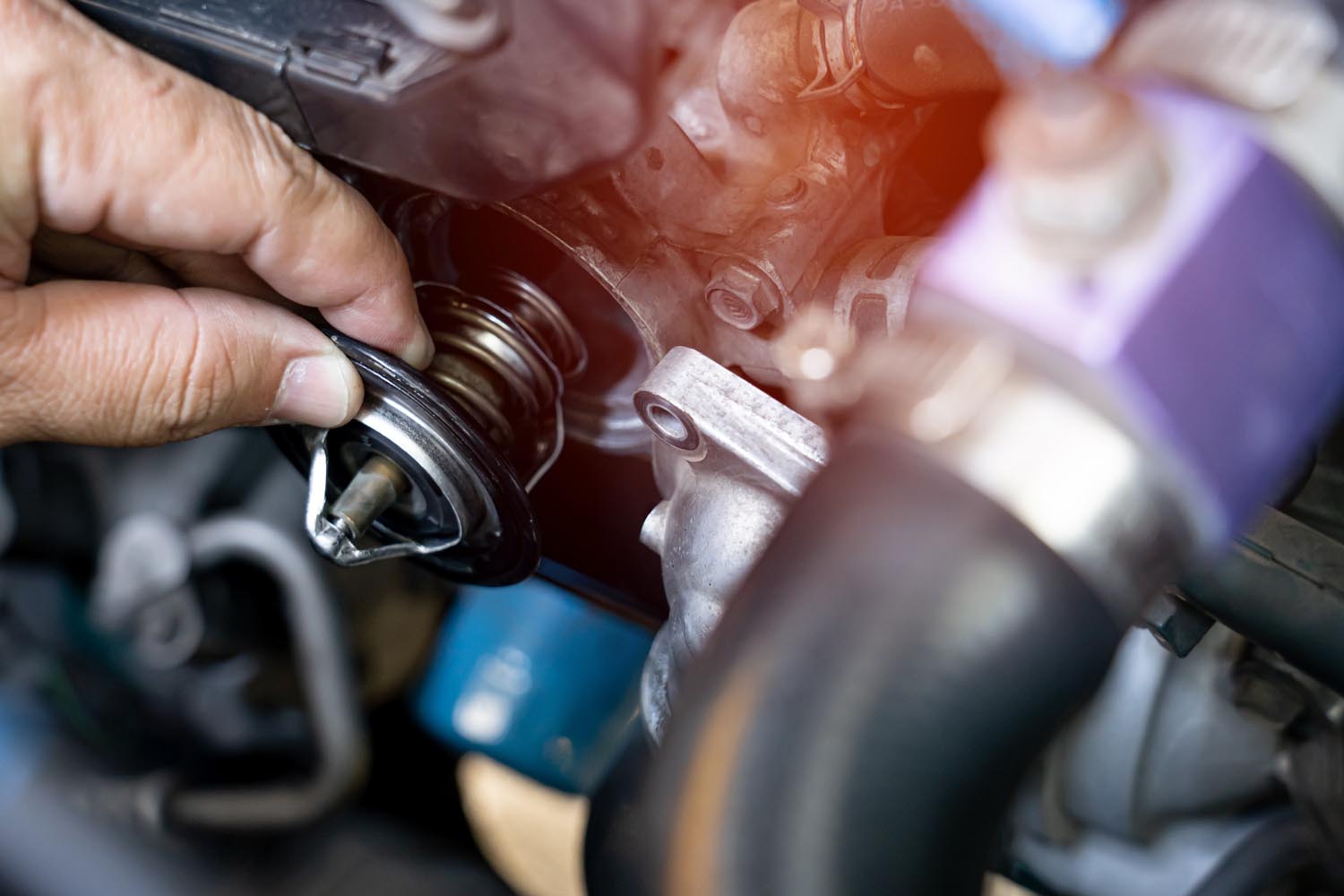
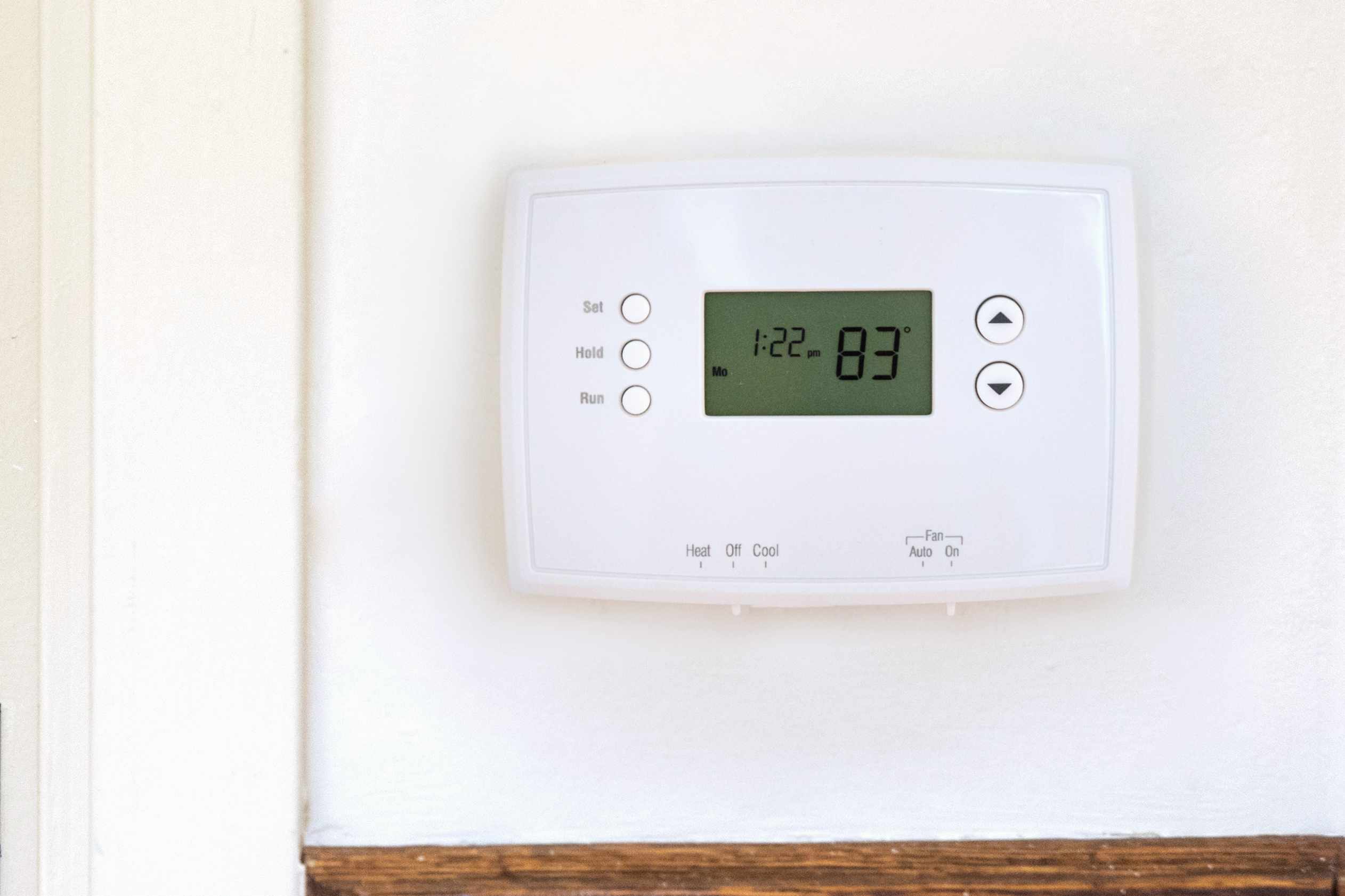


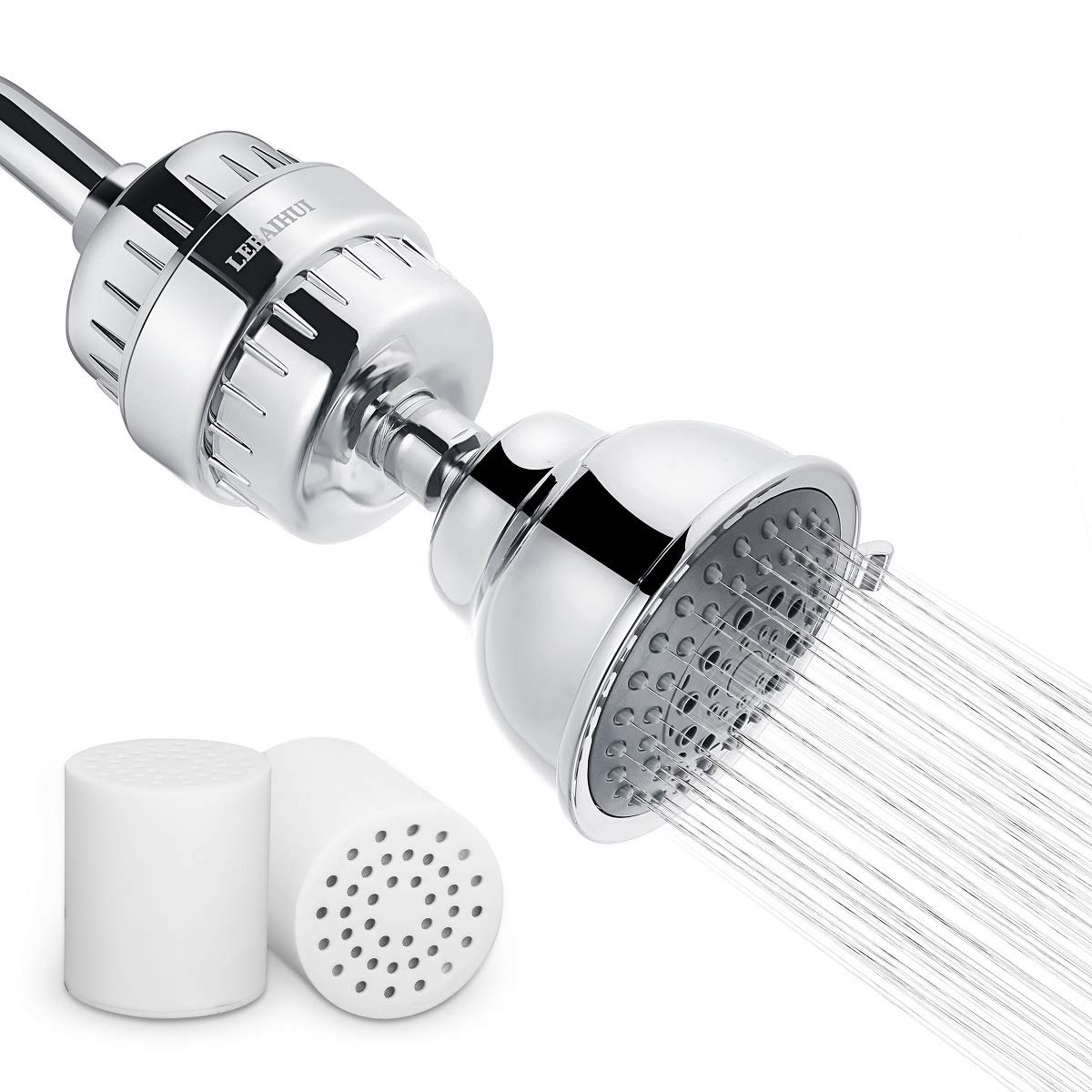

0 thoughts on “How Often To Change A Car Thermostat”